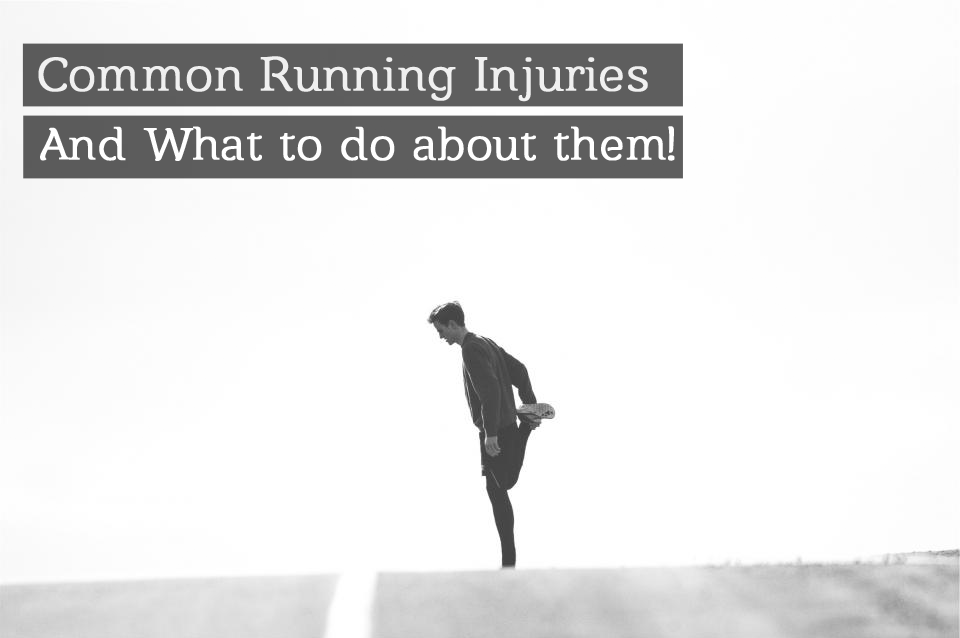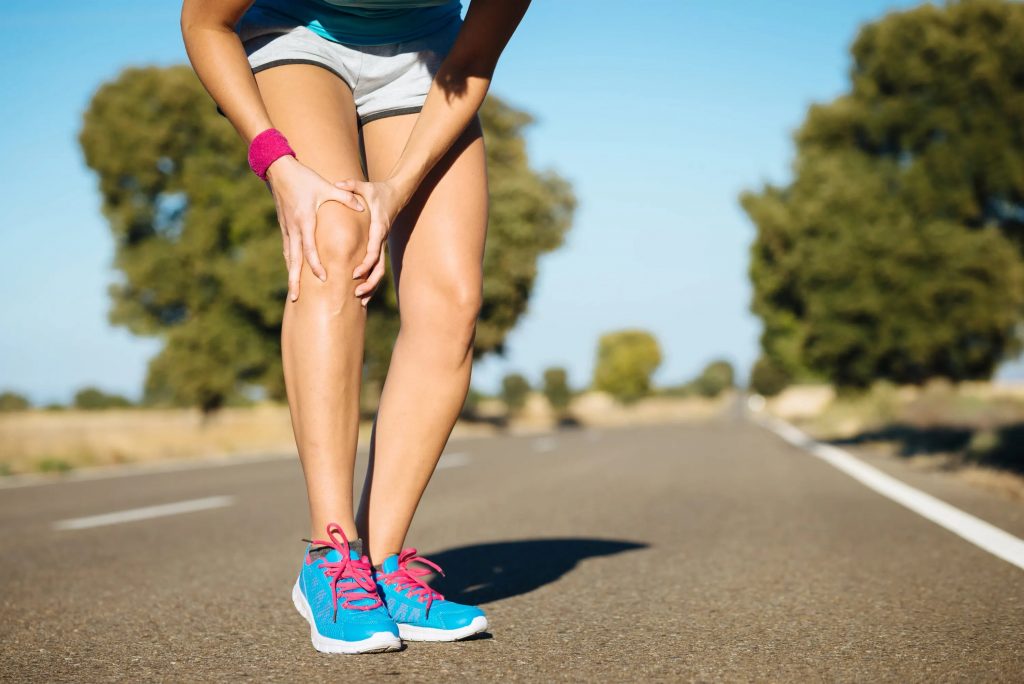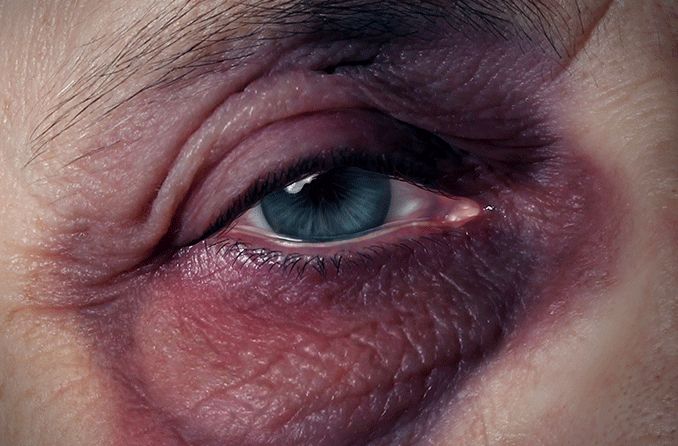
As easy as a running workout might seem, it exposes you to the risk of various injuries. Some of the most common running injuries include:
Runner’s Knee
Medically known as patellofemoral pain syndrome, this most common of all running injuries develops as pain around or behind the kneecap. It occurs when one puts excess stress on the knees, resulting in a disturbance of the knee cartilage, making the kneecap fall out of alignment.
Causes:
- poor quality of shoes
- running downhill or on uneven surfaces (that cause repeated pounding on the surface)
- muscle imbalances and weak hips
- bio mechanical flaws (inherent flaws in the functioning of your shoulder, knee and pelvic)
- inability of the tissues around the knees to recover in due time.
Cure
- cut back on mileage in order to reduce the stress on your knees
- follow a strict icing routine along with anti-inflammatory medication.
Prevention
- consult a trainer to get your form right
- strengthen your leg muscles and hips
- avoid working out on downhill surfaces.
- Make sure you have the right shoes for your feet.
2. Achilles Tendinitis
It refers to the swelling and inflammation of the Achilles tendon (the tissue which connects the heel to the lower leg muscles). The healing process for this injury is quite slow and hence special care is advised.
Causes
- Sudden increase in the intensity or volume of exercise.
- Having a naturally flat foot or tight calf muscles.
- Unsupportive footwear that develops extra stress on the heels.
Cure
- Reduce the intensity of your workout.
- Use aids like orthotics, heel lifts or highly structured shoes temporarily to support the heels.
- Opt for anti-inflammatory medicines.
- Follow the R.I.C.E (Rest, Ice, Compression and Elevation) strategy.
Prevention
- In case of tight calf muscles, be careful to always stretch them post workout.
- In case of naturally flat feet, wisely select shoes that support the heels.
3. Planta Fascilitis
It is an injury caused due to tearing or inflammation of the tissues at the bottom of the foot. It results in extreme stiffness and severe pain in the arch of the foot.
Causes
- Excessive pounding on the road.
- Using worn out footwear that no longer cushion the foot.
- Tight and weak muscles of the foot.
Cure
- Stretch and strengthen the calves.
- Icing the affected area.
- Using orthotics and stability shoes.
- Roll a tennis/golf ball under your arches to massage the affected area.
- Follow the R.I.C.E (Rest, Ice, Compression and Elevation) strategy.
Prevention
- Diligent stretching and strengthening of the muscles in and around the feet.
- Pay special attention to the condition of your footwear, avoid using worn-out footwear.
4. Shin Splints
Medically known as medial tibial stress syndrome, this is not only painful but also the most difficult to treat! Pain develops in the front and inside of the lower leg along the shin bone due to an increased impact on either your bone or muscle that makes it swell and hurt.
Causes
- Sudden increase in the intensity/volume of workout.
- Running on hard surfaces.
- Naturally flat feet and tight muscles.
- Improper footwear.
Cure
- Rest and apply ice pack on the affected area.
- Consider taking supplements that increase your bone mass and strength.
Prevention
- Pay attention to the equipment and environment of your workout.
- Enhance the intensity of your sessions slowly and methodically.
- Run on soft surfaces like grass or trails.
5. Iliotibial Band Syndrome
This injury is caused to due irritation and inflammation of the iliotibial band (a thick tendon stretching from your pelvic bone to your thigh) due to friction between th IT band and femur. It results in swelling and sharp pain on the outside of the knee.
Causes
- Weak hips
- Running downhill repeatedly
- Running on the same side of the road.
Cure
- Avoid a prolonged downhill run.
- Icing on the affected area after workout.
- Massaging the quadriceps and hamstring muscles helps loosen up muscles and ease pain.
Prevention
- Heat and stretch before running.
- Strengthen the hips, quads, hamstrings and glutes.




